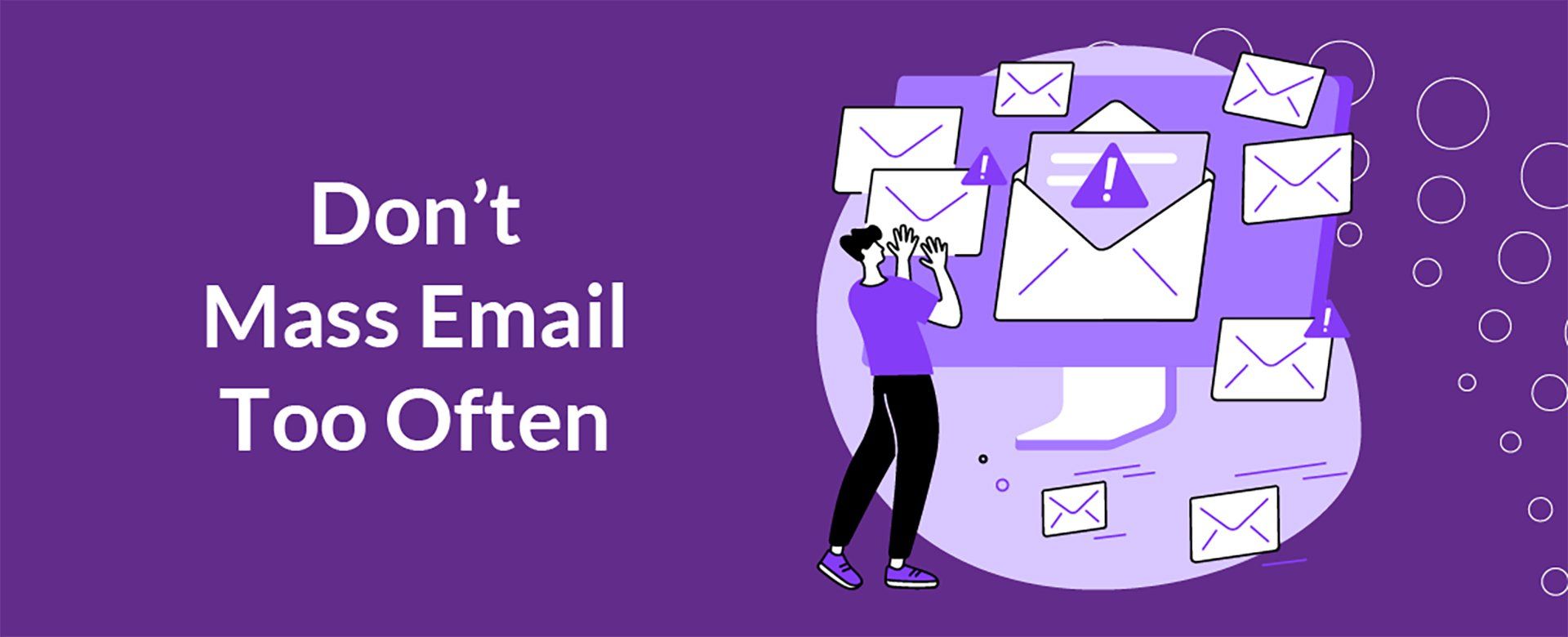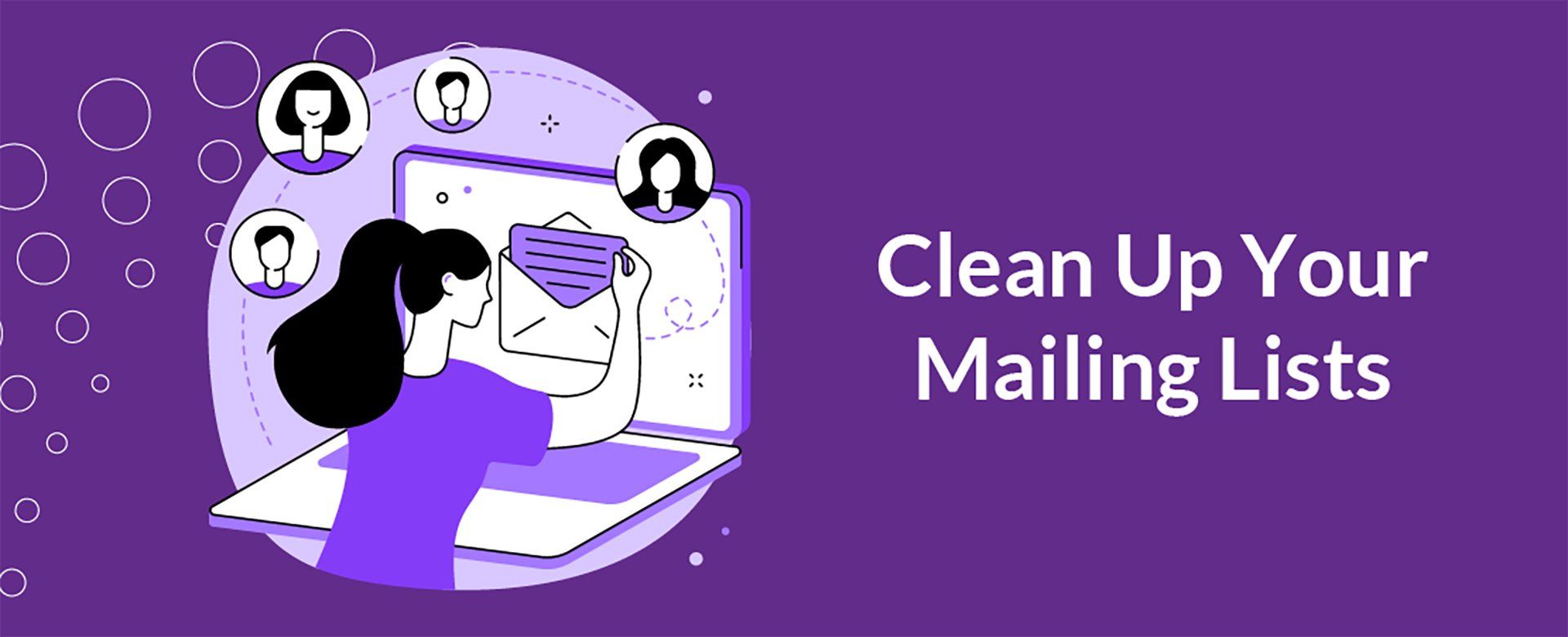Avoiding Becoming A Spammer
Email is a powerful tool for businesses of all sizes and industries, 99% of email users check their inboxes on a daily basis, and 58% of those users check their emails first thing in the morning.
You can do amazing amazing things with that kind of reach, and you absolutely should be taking advantage of it. But with great power comes great responsibility, if you misuse your email you can become a spammer, a universally reviled figure who will be quickly blocked by email users and providers alike.
Let’s then look at what can be done to avoid using your incredible powers for evil.

Don’t Mass Email Too Often
Too much of a good thing is very much a reality when it comes to email. If you’re using your collecting of email addresses to send out marketing materials, limit yourself to a sensible frequency.
No matter how much your Customers and subscribers love you, they’re not going to want to hear from you 10 times a day. The exact frequency that works best for your business will need to be decided by you, but we’d recommend once per week as a good starting point for your upper limit.
Another reason to limit your mass emailing is that email providers see an address sending out massive amounts of email all the time as a red flag. That’s spammer behaviour, and you may find yourself preemptively blacklisted as a result.
Start slow, limit the size of the list you're mailing to, limit the frequency of your emails, and you should avoid being knocked out of the race before you’ve even begun.

Clean Up Your Mailing Lists
Another red flag that email providers look out for when trying to detect spammers is an unusually high bounce rate. Your bounce rate is the number of your emails that fail to even arrive in an inbox because the address you’re sending to is fake or abandoned.
It’s generally accepted that 2% or less is a good bounce rate to have on your emails. If more than 2 out of every 100 emails you send is bouncing, you need to get to work on fixing that.
You can improve your bounce rate by cleaning up your mailing list. Audit the list of addresses you’re sending these emails to, and find the ones that are either no longer in use, or never were to begin with.
This is something you should do periodically, not just to make sure you aren’t being flagged as a spammer, but also to ensure you have an accurate picture of the state of your mailing list. Accurate information is crucial to good planning.

Segment Your Audience
Not all of the emails you’ve collected are going to come from the same source, and their owners aren’t going to all have the same wants and needs. This is why it’s important to segment your audience as it grows, dividing people up by different interests and attitudes.
New leads, old leads, first time Customers, repeat Customers, Customers who haven’t purchased anything in years, these are some examples of segments you might create.
By tailoring your emails to suit a more specific subset of your audience you can greatly increase your chances of establishing a genuine connection with them. That connection is how you achieve the goal you had in mind when you emailed them.

Square Away The Technical Details
This is mainly a job for your email service provider, but it’s on you to check in and make sure they’ve done what needs doing. What needs doing is a bunch of technical details that assure addresses receiving your emails that you’re legitimate.
These include:
- Domain Keys Identified Mail (DKIM) - A digital signature that assures the receiving address that your email did indeed come from the address it claims to be from.
- Sender Policy Framework (SPF) - A system that detects forged email addresses.
- Domain-based Message Authentication, Reporting, and Conformance (DMARC) - A system that helps make DKIM and SPF more effective.
- Brand Indicators for Message Identification (BIMI) - If you have the first three set up properly, your logo will be shown in inboxes to prove you’re the real deal.
All of this is quite technical, so discuss it with your email service provider to make sure they’re keeping your business emails up to date.
Everyone hates spammers, never let yourself become one. Follow these tips and remain someone your recipients look forward to hearing from.










